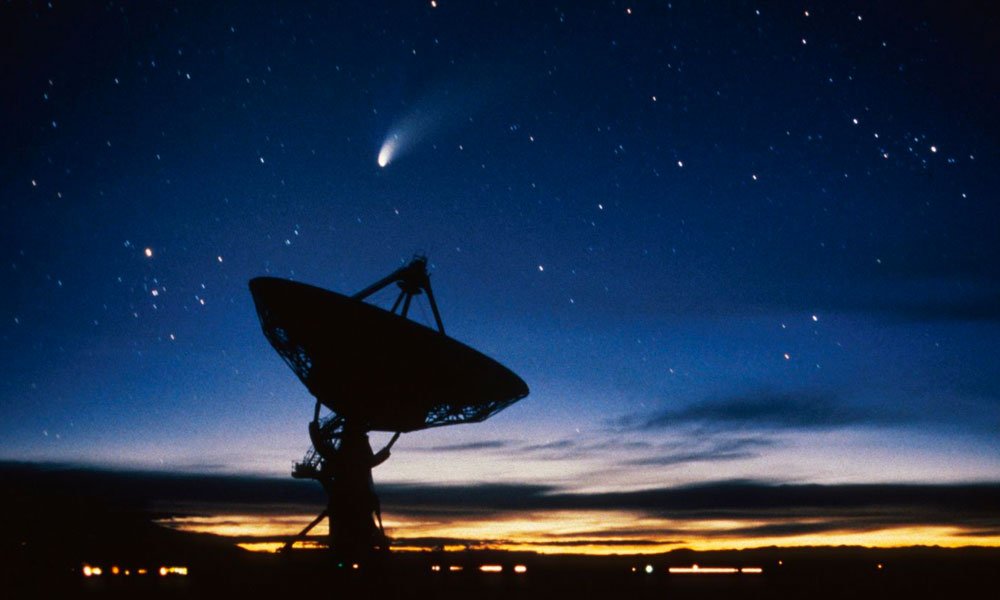Astronomers have spotted a repeating radio signal from a nearby star system that hints at the presence of a magnetic field around one of its Earth-sized planets, a report published this week revealed.
The discovery of a magnetic field—a key component of Earth’s ability to host life—could bolster the search for alien life and habitable planets in the universe if confirmed.
However, it will take more research to present a clear-cut case that the signals really are generated by a planet’s magnetic field.
Scientists pointed out that Earth’s magnetic field has played a critical role in the survival of life by shielding the surface from the Sun’s harmful radiation and helping to maintain a stable atmosphere that nourishes our biosphere. For this reason, they think that extraterrestrial life might also depend on the presence of robust magnetic fields around exoplanets, which are worlds that orbit other stars.
The discovery was made by Sebastian Pineda, a research scientist at the University of Colorado, Boulder, and Jacqueline Villadsen, an assistant professor at Bucknell University. The pair of astronomers have spent years searching for these elusive signs of magnetic fields around small planets. Now, they present unprecedented evidence of repeated radio bursts that may be linked to a magnetic field around the Earth-sized exoplanet YZ Ceti b, which is located just 12 light years from our solar system, according to the study published on Monday in Nature Astronomy.
In their hunt for these signals, Pineda and Villadsen focused their attention on short-period small planets, because they might have a more visible magnetic signature as a result of their proximity to their stars. As these worlds hurtle through their orbits, any magnetic field they might possess could interact with the star’s own magnetic field, creating a pattern of radio bursts from the star that can be potentially seen here on Earth.
The researchers think they might have seen these repeat bursts from the YZ Ceti system, but they caution that it’s not a slam-dunk case. It’s possible that the signals are a normal part of the radio stellar activity of stars like YZ Ceti, which is a slowly rotating red dwarf, which would mean that its emission may have nothing to do with any planets in the system.
“It was super exciting to see the radio data sets show this kind of signature,” Pineda said. “We saw the initial burst detection, and immediately went about coordinating observations for additional monitoring, based on the published planet period, since we were looking for something that happens at the same time in the planet’s orbit.”
Pineda added that “there are still too many unknowns about the system” and that the team will “continue to monitor the star with the radio observatories, and look for additional recurrence of the radio signals that occur periodically with the same position of the planet in its orbit.”
“It can be time consuming and a bit challenging to set up,” he said. “But that’ll confirm that the radio detections are indeed dependent on the planet, and not something that the star is doing on its own.”
















